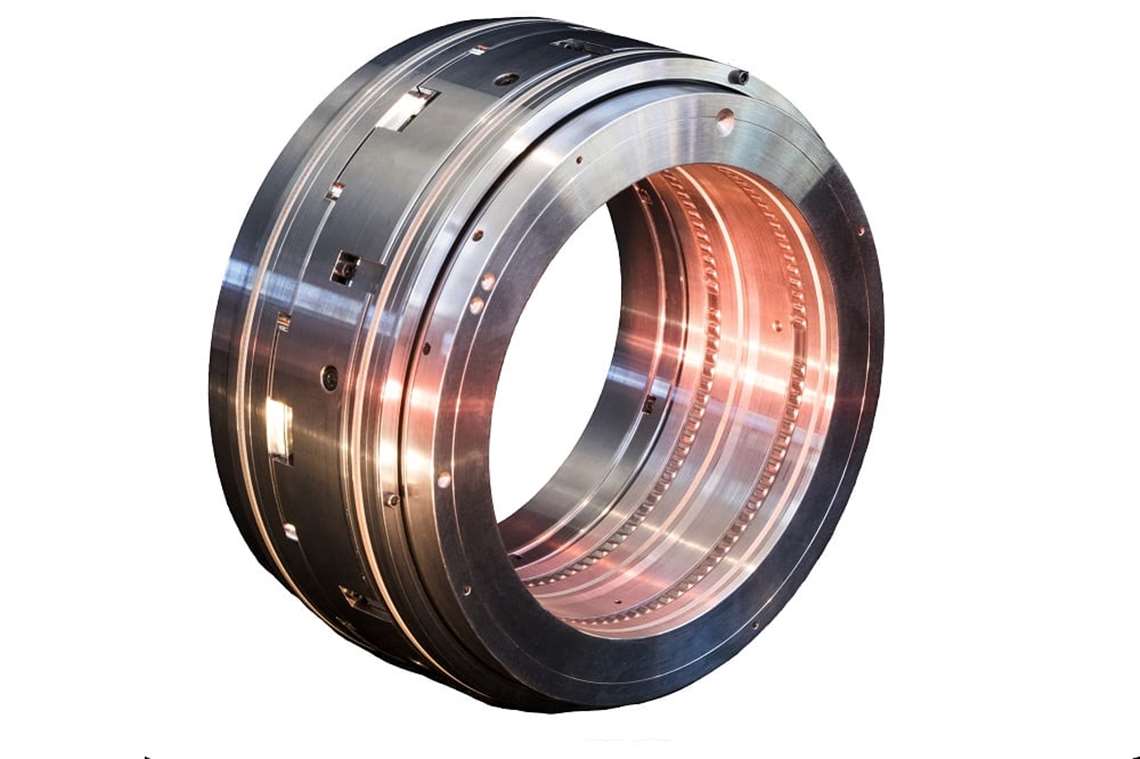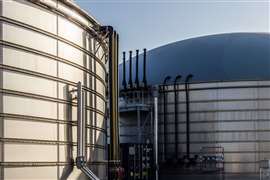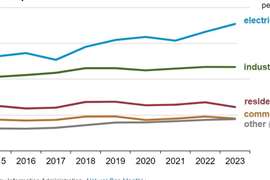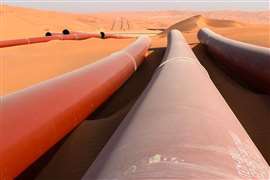Gas Seals Target Reduced Methane Emissions
25 September 2018

John Crane has launched its latest gas seal technology designed to be retrofitted into centrifugal compressors with oil seals to significantly lower operating costs, improve reliability and reduce methane emissions by up to 95%, the company said.
The latest John Crane Aura 120NS gas seal technology can be fitted into a larger percentage of older equipment, bringing with it the benefits of non-contacting design. The Aura 120NS is the fourth member of the Aura product family. It can accommodate static pressures up to 1740 psi (120 bar), shaft sizes to 6.10 in. (155 mm) and speeds up to 328 fps (100 m/s).
Gas seal technology eliminates the need for oil lubrication associated with contacting seals and the resulting need to address emissions entrained in the oil. In the natural gas sector, John Crane said that centrifugal compressors equipped with oil seal technology are generally acknowledged as the leading source of methane emissions offshore and the fourth most significant onshore.
“Our expertise in this area has recently led to the development of a lifecycle cost calculator (LCC) that provides a full analysis of the economic case for retrofit from oil seals to gas seals against the next best alternatives,” said John Crane Global product manager Paul Hosking. “Gas seal technology is proven to reduce the level of damaging methane emissions that are vented or flared into the atmosphere.”
More information on the new seals will be available in the November issue of COMPRESSORTECH2.





